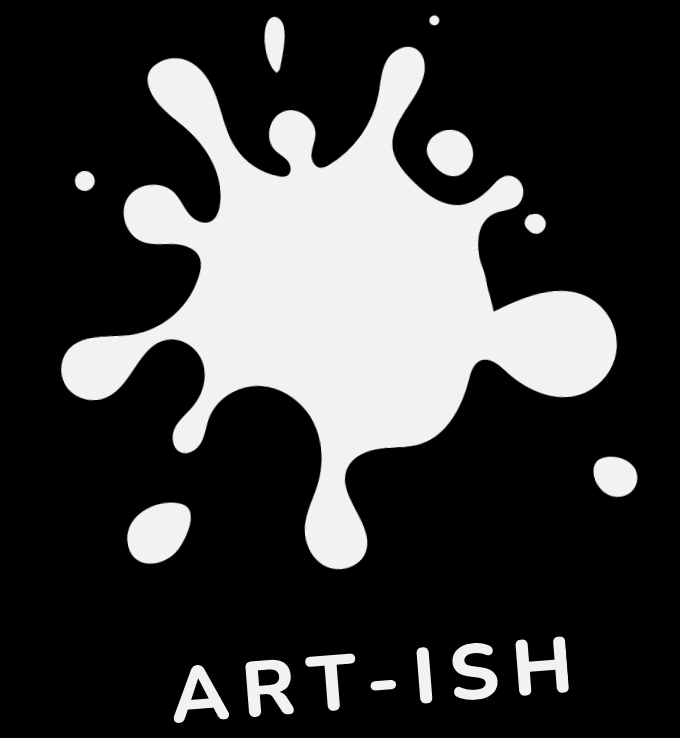
By affixing a written description beneath the piece, John Baldessari’s The Pencil Story (1972) complicates the emphasis on inferred meaning and dematerialization that dominated conceptual art for most of the 1960s and 1970s. This remark directly pushes the meaning of the piece onto the audience, violating the conceptual art tradition of “received knowledge.” I believe that Baldessari advances conceptual art by including the viewer in both the creation and interpretation of the piece. The Pencil Story combines photography and painting with humour as a technique of persuasion, slowly bringing the spectator to his intended message. On a black board, Baldessari prints two images of a pencil, one exceedingly dull and the other freshly sharpened. The placement of the photos encourages the spectator to feel a feeling of balance: the moment both before and after. Within the white ink caption, Baldessari discusses his connection with the pencil:
“I had this old pencil on the dashboard of my car for a long time. Every time I saw it, I felt uncomfortable since its point was so dull and dirty. I always intended to sharpen it and finally couldn’t bear it any longer and did sharpen it. I’m not sure, but I think that this has something to do with art.”
Through a comic-book-like style and an explicit description of the presented incident, the caption evokes Pop-art clichés. The words provide visual cues into the work’s construction as well as its meaning. Baldessari proposes graphic translation and relation between pictures in text using Pop-art style, building a new aesthetic out of commonplace material. By graphically explaining its development, this piece becomes a self-conscious examination of his technique. “I think this has something to do with art,” says one, before becoming more introspective, “I think this has something to do with why I am an artist.”
Baldessari renegotiates his connection with art creation, photography, and language through the images, which serve as a sort of visual note-taking. The spectator then mentally sharpens the pencil as a result of his description of the work. Baldessari explores the influence of language on art in an unprecedented way, oscillating between artist and author, viewer and reader. The pictures also serve as a form of accessibility by utilising imagery that are not commonly found in conceptual art. Images and words, for Baldessari, are linked through the codes they use to generate meaning. Unlike most conceptual art, The Pencil Story gives visual cues to help you comprehend the piece, but much of the content is hidden until you look at it again. Through the use of ordinary images and informal explanations of the piece, the work also works as a hilarious spoof of conceptual art. Baldessari uses his humour to pull the spectator into the piece. Baldessari’s metaphor of the pencil having to be sharpened reflects the necessity for a modern rebirth of art that clarifies the subject.
The piece, which questions itself, draws similarities between the Dada concept of ‘readymade art’ and the authority of the gallery. While the pencil is a ‘ready made’ object, the process of sharpening it complicates its determinative role. Baldessari draws attention to the evident alterations made to the pencil before and after by juxtaposing the vivid orange of the pencil against the still white background. While the pictures depict the alteration done to the pencil, without the text, the piece would fail to put such obvious significance into the viewer’s eyes.
Do these pieces operate as art outside of the context of a gallery? Through the scrapbook-like style of The Pencil Story, Baldessari presents this question. Without the gallery context, the work is just internal comments scribbled beneath pictures; but, when put in a gallery, the work transforms into a self-conscious study of conceptual art. Through the viewer’s direct accessibility, Baldessari’s work The Pencil Story overcomes the limits of Conceptual Art. Through its composition, it reflects on its own limits as well as the limitations of art as a whole. The work pushes outward from the canvas, beyond the domain of pictures, directly connecting with the audience through both its literary and performance components.. While the The Pencil Story integrates many aspects from previous artistic traditions it remains faithful to the central dogma of conceptual art: the idea being the most crucial aspect of the work.
